Software development tools are introduced on a daily basis. Therefore, it stands to reason that the tools have also changed over the years – and will continue to improve. Although better versions of the same tools or new ones come out every year, some players still win in our books. In this blog post, we discuss the top 10 software development tools that stood out to us and could become your new favorites.
What are software development tools used for?
If we were to say that software is ready-made food, software development tools would be pots, pans, and utensils. The recipe, of course, is the software development plan you’ve created. Whether you want to create the next best team management app or you want to develop a game – you’ll need to use some top software development tools.
In order to create software, you must participate in a number of project activities, both simple and complex. All these activities take place in different phases of the software development life cycle (SDLC). Each software project will require different software development tools. Some of the more common types used today include, but are not limited to:
- Code, Integrated Development Environment (IDE), project management, designing tools, repositories & debugging tools.
You will be thinking that if we want quality in software development then these tools would be costly, but there are a variety of both free and paid software tools today, so developers know which software tool would be feasible in their software projects.
1. GitHub — Best for Version Control And Collaboration:
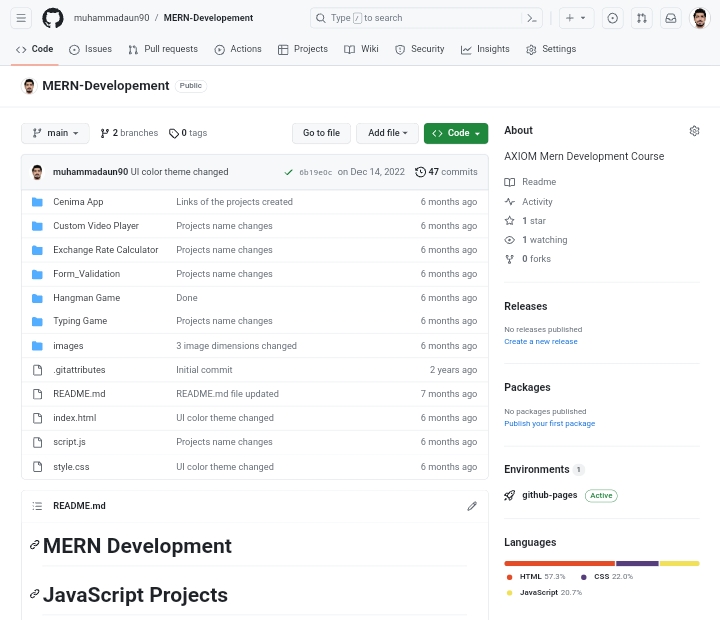
GitHub is a web-based platform for version control and collaboration that enables developers to host, manage, and share their code repositories. It provides a wide range of features and tools that facilitate collaboration, code review, project management, and software development workflows. Here are some key aspects of GitHub:
1. Version Control:
GitHub is a distributed version control system that allows developers to track changes to their codebase, create branches for parallel development, merge changes, and easily revert to previous versions if needed. Version control enables teams to work together on projects and maintain a history of all changes made.
2. Code Hosting and Collaboration:
GitHub provides a centralized platform for hosting code repositories. Developers can create repositories to store their code and share them with others. It supports collaboration by allowing multiple developers to contribute to a project simultaneously, making it easier to manage and merge code changes.
3. Pull Requests and Code Review:
GitHub’s pull request feature facilitates code review and collaboration among team members. Developers can submit pull requests to propose changes, and other team members can review the code, leave comments, suggest modifications, and discuss the changes before merging them into the main codebase. This process helps improve code quality, maintain coding standards, and catch bugs early.
4. Issue Tracking and Project Management:
GitHub provides built-in issue tracking and project management features. Developers can create and assign issues, track progress, and organize tasks using labels, milestones, and project boards. This helps teams manage and prioritize work, coordinate efforts, and ensure that project requirements are met.
5. Community and Open Source:
GitHub has a vibrant community of developers, making it a hub for open source projects. Developers can contribute to existing projects, collaborate with others, and showcase their work. Open source projects on GitHub benefit from increased visibility, community contributions, and a platform for collaboration.
6. Integration and Automation:
GitHub integrates with a wide range of third-party tools and services, allowing developers to streamline their workflows. It supports integrations with popular development tools like CI/CD platforms, code analysis tools, project management tools, and more. Additionally, GitHub Actions provides built-in automation capabilities, allowing developers to create custom workflows and automate tasks such as testing, building, and deployment.
7. Documentation and Wikis:
GitHub includes features for creating documentation and wikis alongside code repositories. Developers can write and maintain documentation to explain project functionality, provide usage instructions, and share best practices. This helps ensure that projects are well-documented and accessible to other developers.
8. Security and Permissions:
GitHub offers security features to protect code repositories and control access to projects. It provides options to manage user permissions, enforce two-factor authentication, and integrate with external authentication providers. Additionally, GitHub provides alerts for potential security vulnerabilities in code dependencies, helping developers identify and address security issues.
2. Microsoft Azure — Best for Cloud Computing:
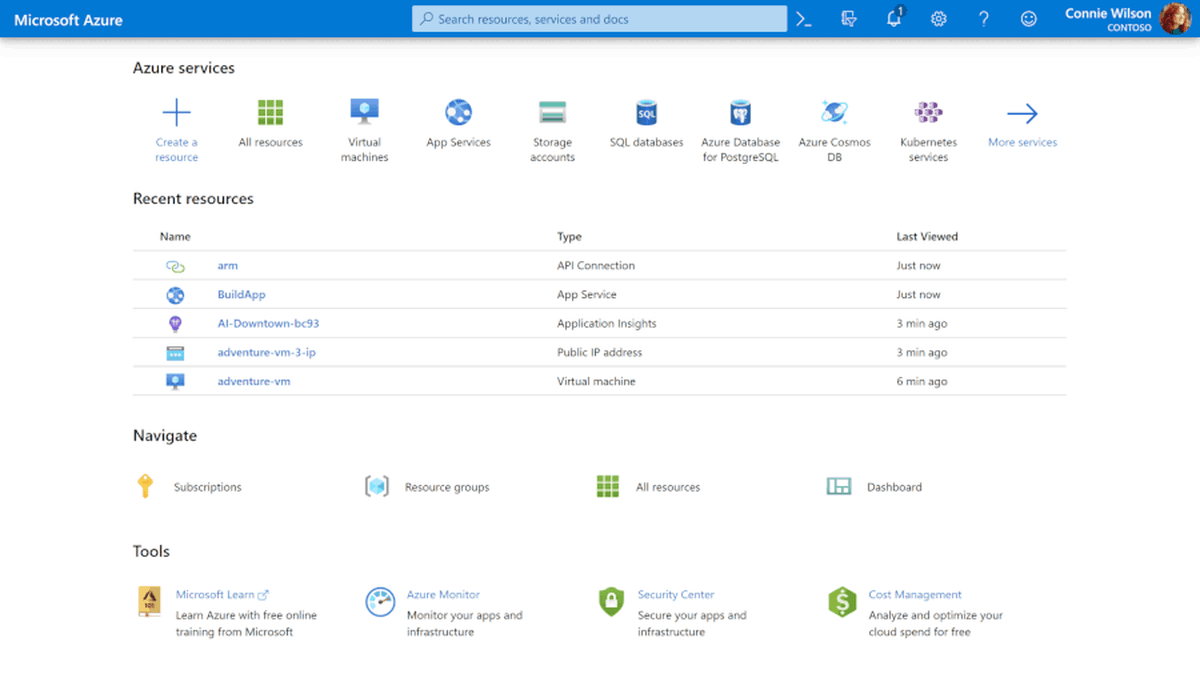
Microsoft Azure is a comprehensive cloud computing platform and service provided by Microsoft. It offers a wide range of cloud-based services and solutions that enable organizations to build, deploy, and manage various applications and services. Here are some key aspects of Microsoft Azure:
1. Infrastructure as a Service (IaaS):
Azure provides virtual machines (VMs) that allow users to create and manage virtualized computing resources in the cloud. Users have full control over the operating system and applications running on these VMs, providing flexibility and scalability for hosting a variety of workloads.
2. Platform as a Service (PaaS):
Azure offers a platform for developing, deploying, and managing applications without the need to worry about underlying infrastructure. With Azure PaaS services, developers can focus on writing code while Azure takes care of managing the hardware and software infrastructure, scaling, and security.
3. Software as a Service (SaaS):
Azure includes a wide range of pre-built software applications and services that can be accessed over the internet. These ready-to-use solutions, such as Azure Active Directory, Azure DevOps, and Azure Machine Learning, allow organizations to quickly adopt and integrate various software functionalities into their workflows.
4. Scalability and Flexibility:
Azure provides scalability to meet changing demands. It offers features such as autoscaling, where resources can automatically adjust based on usage patterns, ensuring optimal performance and cost efficiency. Azure’s flexible pricing models allow users to pay for the resources they consume, enabling cost optimization.
5. Data Storage and Analytics:
Azure offers various data storage services, including Azure Blob Storage, Azure Files, Azure SQL Database, and Azure Cosmos DB. These services provide reliable, scalable, and secure storage options for different types of data. Azure also provides powerful analytics tools, such as Azure Data Lake Analytics and Azure Machine Learning, to process and gain insights from large datasets.
6. Internet of Things (IoT) Integration:
Azure provides IoT services and solutions for securely connecting, monitoring, and managing IoT devices and data. With Azure IoT Hub, Azure IoT Edge, and Azure IoT Central, organizations can easily build and deploy IoT solutions at scale, incorporating device management, real-time analytics, and machine learning capabilities.
7. Integration and Hybrid Capabilities:
Azure offers seamless integration with existing on-premises systems and resources, enabling hybrid cloud scenarios. Azure Hybrid Benefit allows organizations to use their existing on-premises Windows Server and SQL Server licenses with Azure VMs. Azure Stack extends Azure capabilities to on-premises environments, providing consistent development and management experiences.
8. Security and Compliance:
Azure provides a robust set of security features and compliance certifications to ensure data protection and privacy. It includes identity and access management, network security, encryption, threat detection, and continuous monitoring capabilities. Azure complies with a wide range of industry-specific and regional regulations, making it suitable for organizations with strict compliance requirements.
9. Developer Tools and Integration:
Azure integrates well with popular development tools and frameworks, including Visual Studio and Visual Studio Code. It supports multiple programming languages and provides a range of SDKs, APIs, and development tools to streamline the development and deployment process.
10. Global Presence:
Azure has a vast global footprint, with data centers located in numerous regions worldwide.
3. Linx:
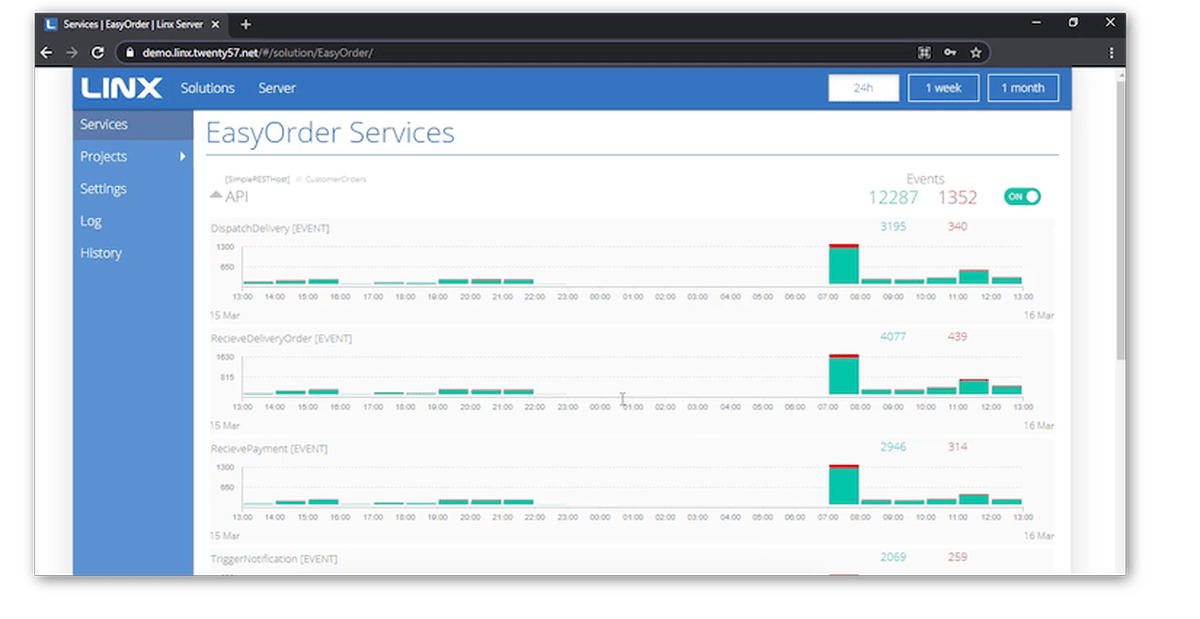
Linx is a low-code hosting and developer platform that actually consists of 2 different applications. The first (and free) is Linx Designer, which is drag-and-drop development software. The second one, which is a paid application, is Linx Server, which is a hosting platform.
Linx serves its purpose primarily in backend software development. Above all, it is an easy-to-use tool for creating and developing APIs, integrations, and automations.
1. Drag-and-drop interface and out-of-the-box programming features:
The Linx visual development environment includes a drag-and-drop interface that enables rapid software creation. The environment also comes with many pre-built programming features that reduce the need to write lines and lines of code.
2. Fast Deployment:
Once you’re done with your application, you can quickly deploy it to your Linx server with just a few clicks. Here you have two options to choose from on-premise or cloud server.
Available for: web, Windows, Linux (on-premise only)
4. CircleCI — Continuous Integration and Delivery:
CI/CD is an abbreviation for Continuous Integration and Continuous Deployment. It is a set of practices and processes that enable developers to automate the building, testing, and deployment of software applications. CI/CD helps ensure that code changes are integrated smoothly, tested thoroughly, and deployed reliably.
Here are some features of CI/CD:
1. Version Control:
Developers commit their code changes to a version control system, typically using tools like Git. Each commit represents a new piece of functionality or a bug fix.
2. Automated Build:
With CI, the code repository is set up to trigger an automated build process whenever changes are pushed. The build process compiles the code, runs tests, and generates artifacts.
3. Code Quality Checks:
CI often includes static code analysis and other code quality checks to ensure that the code adheres to best practices, coding standards, and potential issues are identified early on.
4. Automated Testing:
Automated tests, including unit tests, integration tests, and even performance tests, are executed as part of the CI process.
5. Notification and Feedback:
CI systems provide feedback to developers about the outcome of the build and test processes. This feedback can be in the form of reports, notifications, or even integration with collaboration tools like Slack or email.
5. Deployment Pipeline:
A deployment pipeline is set up to automate the steps required to deploy an application or service. This pipeline includes stages such as staging, testing, and production.
6. Deployment Automation:
CD ensures that the deployment process is automated, eliminating manual steps and reducing the chances of human error. Deployment automation scripts or tools are used to orchestrate the process, ensuring consistency and reliability.
7. Environment Provisioning:
CD includes the automation of environment provisioning, where the necessary infrastructure and dependencies are provisioned automatically for each stage of the deployment pipeline.
8. Release Management:
CD helps manage releases by providing options for versioning, release branching, and rollbacks. It allows for controlled deployments, including canary releases or blue/green deployments, to minimize the impact of potential issues.
9. Continuous Monitoring:
CD incorporates monitoring and logging to track the health and performance of deployed applications. It helps identify issues and provides visibility into the behavior of the application in the production environment.
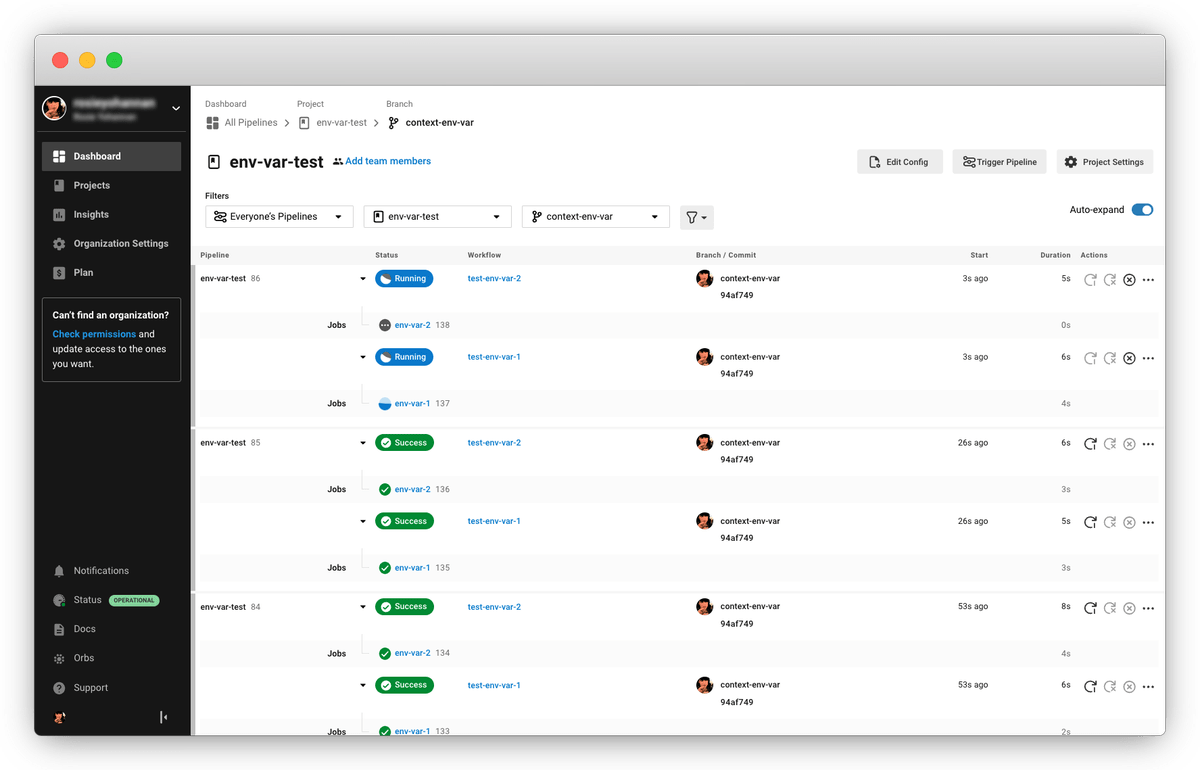
Available for: web, Windows, MacOS, Linux, Android, iOS
5. Visual Studio Code | VS Code:
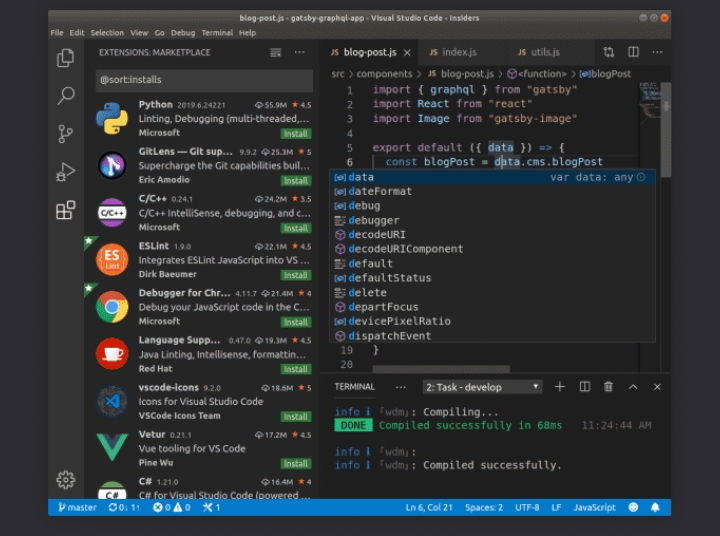
Visual Studio Code commonly known as VS Code is a source code editor developed by Microsoft. It has gained significant popularity among developers due to its extensive features, flexibility, and wide range of supported programming languages. Here are some key aspects of Visual Studio Code:
1. Cross-Platform Compatibility:
VS Code is designed to work seamlessly on multiple operating systems, including Windows, macOS, and Linux. This cross-platform compatibility allows developers to use the same editor regardless of the operating system they are working on.
2. Lightweight and Performance-Oriented:
One of the notable advantages of VS Code is its lightweight nature. It is built to be fast and responsive, even when dealing with large codebases. Its efficient memory usage ensures smooth performance, enabling developers to work with speed and efficiency.
3. Extensibility and Customization:
VS Code offers a vast array of extensions that enhance its functionality and cater to various programming languages, frameworks, and development workflows. These extensions allow developers to customize and tailor their coding experience to their specific needs.
4. Integrated Terminal and Version Control:
VS Code includes an integrated terminal that allows developers to execute commands and run scripts without leaving the editor. It also provides built-in support for version control systems like Git, making it easier to manage and track changes in projects.
5. IntelliSense and Code Navigation:
IntelliSense is a powerful feature of VS Code that provides intelligent code completion, suggestions, and error checking. It helps developers write code more efficiently and minimizes syntactical errors. Additionally, VS Code offers robust code navigation features like Go to Definition, Find All References, and Peek Definition, making it easier to navigate and understand complex codebases.
6. Debugging Capabilities:
VS Code provides a seamless debugging experience with built-in support for multiple programming languages. Developers can set breakpoints, step through code, inspect variables, and analyze runtime behavior directly within the editor.
7. Integrated Terminal and Version Control:
VS Code includes an integrated terminal that allows developers to execute commands and run scripts without leaving the editor. It also provides built-in support for version control systems like Git, making it easier to manage and track changes in projects.
8. Active Community and Continuous Development:
Visual Studio Code benefits from an active and vibrant community of developers. The community contributes to the development of extensions, themes, and improvements, ensuring that the editor stays up to date with the latest trends and needs of the developer community.
6. Sublime Text Editor:
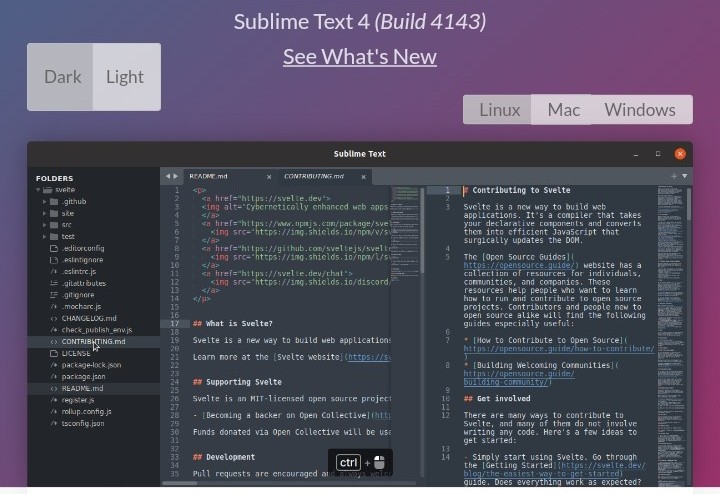
Sublime Text is a popular and versatile text editor used by developers and programmers for coding purposes. It is known for its simplicity, speed, and extensive customization options. Here are some key features and aspects of Sublime Text:
1. User Interface:
Sublime Text has a clean and minimalistic user interface that focuses on providing a distraction-free environment for coding.
2. Cross-Platform Compatibility:
Sublime Text is available for Windows, macOS, and Linux, making it accessible to developers on different operating systems.
3. Multi-Language Support:
Sublime Text supports a wide range of programming languages and syntax highlighting out of the box. It provides color-coded syntax highlighting for different languages.
4. Extensibility and Package Ecosystem:
Sublime Text has a powerful package manager that allows users to extend its functionality using plugins and packages.
5. Productivity Features:
Sublime Text offers several productivity-enhancing features that help developers write code more efficiently. These include multiple cursors and selections, command palette for quick access to commands, powerful search and replace functionality, and the ability to split the editor into multiple panes.
6. Customization Options:
Sublime Text provides extensive customization options, allowing users to personalize their coding environment. Users can define their own key bindings, create macros, customize menus, and even write plugins using Python to tailor the editor to their specific needs.
7. Performance and Speed:
Sublime Text is known for its exceptional performance and speed, even when handling large codebases.
8. Command-Line Integration:
Sublime Text integrates well with the command line, allowing developers to open files and directories directly from the terminal. This integration simplifies the workflow, making it easy to switch between the editor and the command line.
9. Project Management:
Sublime Text offers project management features, allowing users to organize related files and folders into projects. This makes it easier to navigate through large codebases, perform global searches, and manage multiple projects simultaneously.
10. Active Community and Support:
Sublime Text has a vibrant community of users and developers who contribute to its ecosystem.
7. Jira:
Jira is a widely used project management and issue-tracking tool developed by Atlassian. It provides a centralized platform through which all the project team members can track and manage their workflows wisely. Jira is mostly popular for software development teams, but it can be used for various types of projects as per the project requirements. Here are some key features and aspects of Jira:

1. Issue Tracking:
Issue tracking allow team members to create, manage, and track issues or tasks throughout the project. Issues can be customized to fit specific project requirements and can include details such as descriptions, attachments, priority levels, due dates, and more. Jira provides a systematic approach to managing tasks and helps teams stay organized.
2. Project Management:
Jira offers comprehensive project management capabilities, enabling teams to plan and manage projects effectively. It supports the creation of project boards, backlogs, and roadmaps, allowing teams to visualize project progress, prioritize work, and allocate resources efficiently. Jira also provides various project management methodologies, including Scrum and Kanban, to adapt to different team workflows.
3. Agile Development:
Jira is widely recognized for its support of agile development methodologies. It enables teams to create and manage Scrum or Kanban boards, track sprints, plan releases, and conduct sprint retrospectives. Jira’s agile features provide transparency, collaboration, and flexibility, making it an ideal tool for agile teams.
4. Customizable Workflows:
It also allows team to create their own customizable workflows. Workflows can be tailored to include various stages, transitions, and rules, ensuring that work progresses smoothly through the defined workflow. This flexibility allows teams to adapt Jira to their unique requirements and maintain consistency in their project management practices.
5. Collaboration and Communication:
Jira facilitates collaboration and communication within teams. It provides features such as comments, @mentions, and notifications, allowing team members to discuss issues, provide updates, and share information. Jira’s integration with other Atlassian tools, like Confluence and Bitbucket, further enhances collaboration by enabling seamless information sharing and documentation.
6. Integration Ecosystem:
Jira integrates with a wide range of tools and services, including source code repositories, CI/CD pipelines, testing frameworks, and more. These integrations streamline workflows and enhance productivity by connecting Jira with other essential development and project management tools.
7. Reporting:
Teams can generate various reports, such as burndown charts, velocity charts, and cumulative flow diagrams to track progress, identify bottlenecks, and make data-driven decisions.
8. Extensibility and Marketplace:
Jira has an extensive marketplace of apps and plugins that extend its functionality. Teams can leverage these add-ons to enhance features, integrate with third-party tools, and customize Jira to meet their specific needs. The marketplace offers a wide variety of plugins, including time tracking, agile planning, automation, and more.
9. Scalability and Deployment Options:
Jira can handle projects and teams of varying sizes. It offers deployment options, including self-hosted on-premises installations and cloud-based services (such as Jira Cloud), catering to different organizational preferences and requirements. Jira’s scalability ensures it can accommodate teams and projects as they grow.
10. Support and Community:
Jira benefits from a large and active user community. Atlassian provides comprehensive documentation, tutorials, and support resources to assist users in maximizing their Jira experience. The community also contributes to forums, knowledge bases, and online discussions, allowing users to seek advice, share best practices, and learn from others.
8. Vim:
Vim, short for “Vi Improved,” is a powerful and highly configurable text editor that has been around for decades. It is a command-line-based editor known for its efficiency, speed, and extensive customization options. While Vim has a steep learning curve, it offers numerous features and advantages that make it a favorite among many developers and power users. Here are some key aspects of Vim:

1. Modal Editing:
Vim follows a modal editing paradigm, where it has different modes for different purposes.
2. Configurability and Customization:
Vim is highly configurable and customizable. Users can modify and personalize almost every aspect of the editor, including key mappings, color schemes, syntax highlighting, and more.
3. Keyboard Efficiency:
Vim emphasizes keyboard efficiency, aiming to minimize reliance on the mouse and maximize productivity through keyboard commands. Users can perform complex editing tasks, such as text manipulation, copying, pasting, and navigation, with a few keystrokes.
4. Split Windows and Buffers:
Vim supports splitting the editing window into multiple panes, allowing users to work on multiple files simultaneously.
5. Built-in Features and Plugins:
Vim provides a wide range of built-in features, including powerful search and replace functionality, macros, auto-completion, and a command-line interface.
6. Scripting and Automation:
Vim has its own scripting language called Vimscript, which allows users to automate repetitive tasks, create custom commands, and extend Vim’s functionality further.
7. Availability and Cross-Platform Support:
Vim is available on multiple platforms, including Windows, macOS, and Linux, ensuring broad compatibility and accessibility for developers across different operating systems.
8. Community and Support:
Vim has a passionate and active community of users who contribute to its development and provide support.
9. Eclipse:

Eclipse is a popular and widely used integrated development environment (IDE) primarily used for Java development, although it also supports various other programming languages. Here are some key aspects of the Eclipse software:
1. Versatility and Extensibility:
Eclipse is known for its versatility and extensibility, offering a modular architecture that allows developers to customize and enhance the IDE according to their specific needs. It provides a vast ecosystem of plugins and extensions, allowing developers to add functionality and support for different programming languages, frameworks, and tools.
2. Java Development:
Eclipse has a strong focus on Java development. It provides robust features for editing, debugging, and building Java applications. The IDE includes intelligent code completion, error checking, and debugging capabilities, making it easier to develop and maintain Java code.
3. Rich Development Environment:
Eclipse provides a feature-rich development environment with a wide range of tools and features. It offers integrated debugging, refactoring, code formatting, and code generation capabilities that enhance productivity and improve code quality. It also includes support for version control systems like Git and integration with build tools such as Apache Maven and Ant.
4. Plugin Ecosystem:
One of the significant advantages of Eclipse is its extensive plugin ecosystem. The Eclipse Marketplace allows developers to discover and install a wide variety of plugins, making it easy to customize the IDE to support different programming languages and frameworks. This flexibility ensures that Eclipse can be adapted for various development needs.
5. Community and Support:
Eclipse has a community that provides support, documentation, tutorials, and forums where developers can seek assistance and share knowledge. The active community ensures that Eclipse remains up-to-date with the latest advancements and improvements.
6. Cross-Platform Compatibility:
Eclipse is designed to be cross-platform compatible, meaning it can run on multiple operating systems such as Windows, macOS, and Linux. This allows developers to use the same IDE across different environments, ensuring consistency and ease of collaboration.
7. Integration with Other Tools:
Eclipse integrates well with a wide range of tools and frameworks, enabling seamless development workflows. It supports popular frameworks like Spring, Hibernate, and JavaFX, and integrates with application servers such as Apache Tomcat and JBoss.
10. Docker:
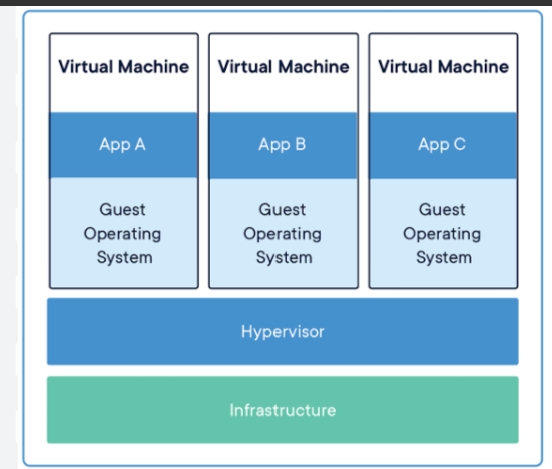
Docker is an open-source platform that allows developers to automate the deployment and management of applications in lightweight, portable containers. Containers are isolated environments that package an application along with its dependencies, enabling it to run consistently across different environments without conflicts. Some features of Docker are:
1. Containerization:
Docker provides containerization technology, which allows applications to be packaged with their dependencies into standardized containers. These containers are isolated, lightweight, and portable, ensuring that applications can run reliably and consistently across different operating systems and environments.
2. Simplified Deployment:
With Docker, the deployment of applications becomes easier and more efficient. Developers can package an application and its dependencies into a single container image, which can be deployed on any system that has Docker installed. This eliminates the need for complex setup procedures and reduces the chances of configuration issues.
3. Scalability:
Containers can be replicated and distributed across multiple hosts, providing a flexible and efficient way to handle increased traffic or workload. Docker’s efficient use of resources ensures that applications consume only the necessary CPU, memory, and storage resources, optimizing resource utilization.
4. Environment Consistency:
Containers created with Docker ensure consistent environments for application development, testing, and production. Developers can create containers that mirror the production environment, reducing the chances of “it works on my machine” issues. This consistency helps in identifying and resolving bugs, improving collaboration, and streamlining the deployment process.
5. Continuous Integration and Deployment:
Docker integrates well with continuous integration and deployment (CI/CD) pipelines. Developers can incorporate Docker into their CI/CD workflows to automate the build, test, and deployment processes. This ensures that applications are thoroughly tested and deployed consistently, reducing manual errors and improving development speed.
6. Portability:
Docker containers are portable, meaning they can run on any system with Docker installed, regardless of the underlying infrastructure. This portability allows developers to build applications once and deploy them in different environments, including local machines, development servers, cloud platforms, and even edge devices.
7. Extensive Ecosystem:
Docker has a vast ecosystem of tools, libraries, and platforms that support containerization and enhance its capabilities. This ecosystem includes container orchestration tools like Kubernetes, container registries for storing and sharing container images, and a wide range of community-contributed Docker images for various software stacks and applications.
8. Security:
Docker provides built-in security features that help isolate containers from the underlying host system and from other containers. These features include namespace isolation, resource limitations, and control groups. Docker also offers capabilities for encrypting container communication, managing user access, and scanning container images for vulnerabilities.
Conclusion:
These software tools that we have discussed above are the most popular tools used in the daily life of developers. Please note that this list of software development tools represents an overview of popular software development tools at the time of my latest knowledge and updates, and the popularity and importance of software tools may change over time. Stay informed and adapt to the evolving landscape so you can make informed decisions about which tools to learn.
It certainly won’t harm you to experiment with new tools and observe how they affect your work. Hopefully, we have provided you with some useful tips to help you improve and perfect your skills/talents.

